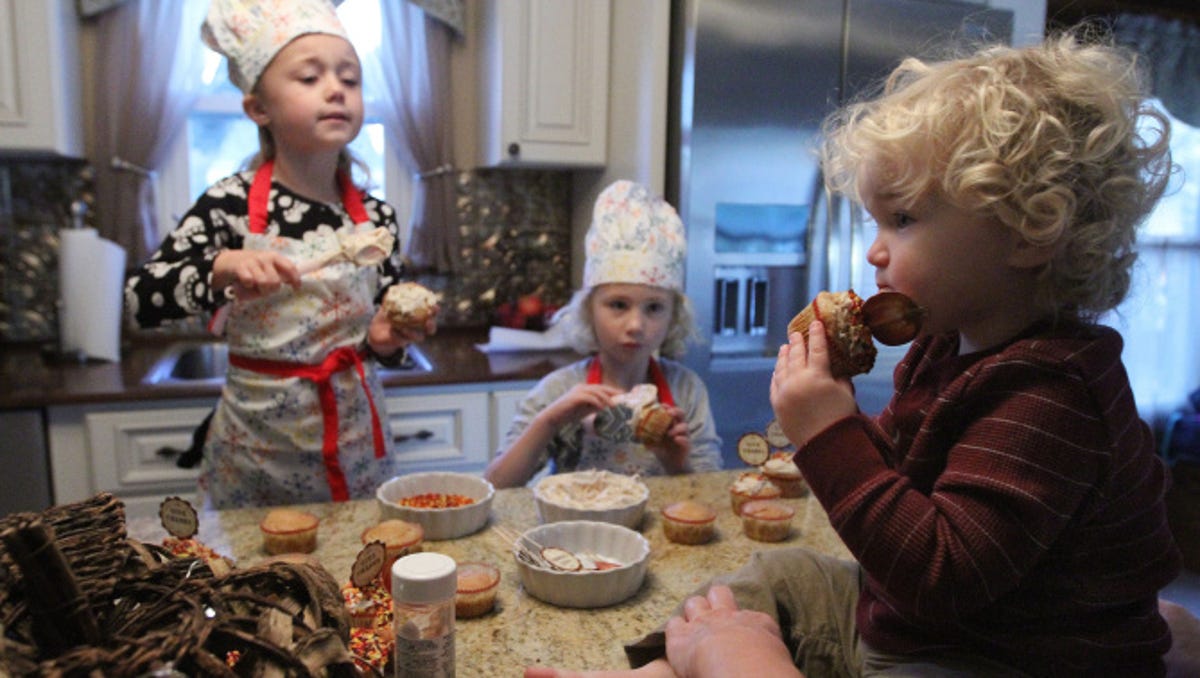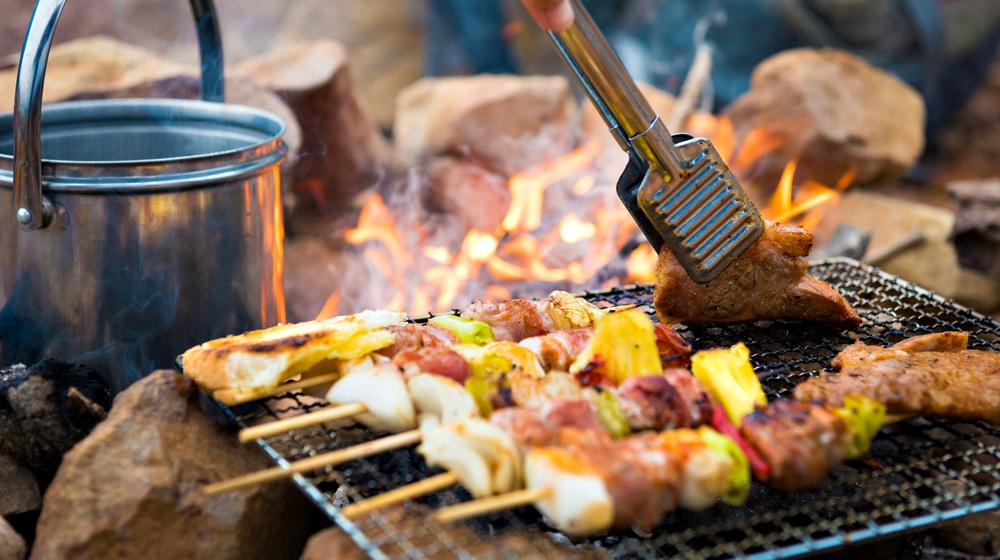
Cooking can be an enjoyable hobby or a great way to make extra cash. There are many techniques to master when it comes to cooking, and following a recipe is one way to learn them. You should use your senses and not just the recipes to achieve the best results. Here are some advanced cooking techniques. Read on to learn more. Using your senses to guide you: Use your senses to determine the best texture and taste of a dish.
Taste and technique are equally important
Amy Pomeroy (chef at Portland's Beast) is co-author Technique as well as Taste in Advanced Cooking. She studied her art from Alice Waters, Gray Kunz, Charlie Trotter and Gray Kunz. This book provides a solid foundation for French cooking. It is divided by type of dish: appetizers, main courses and desserts. It can be daunting at first but it allows for a lot of flexibility. There are also many pairings and combinations you may not have thought about. Although the recipes are more specific than others, the book is still very helpful.
Science of salt
Salt has been a mainstay in modern culinary cultures for many centuries. Salt is a simple ingredient that adds saltiness to food and enhances flavours. Salt is one food that has been known to alter the course of cuisine. Ferran Adria was a former chef at Noma and declared salt to be the only ingredient that "changes taste in cooking."
Indian cooking classes cover advanced techniques
There are a number of different Indian cooking classes available for people who are interested in learning more about Indian cuisine. It is important to find classes that suit your culinary preferences and budget, if you wish to learn how to cook Indian food for special occasions. It is important to find a culinary school that offers at most one month worth of classes. A cooking class with a celebrity chef is also possible. Be sure to check current travel requirements before making a decision.

RajeevGoyal may be able to lead you on a course that will teach you how to travel and what each cuisine tastes like. Rajeev Goyal is an expert in Indian cuisine and has been leading food-related activities for over a decade. His extensive travels gave him an unparalleled understanding of the culture, cuisine, and history of each region. You will be able to prepare Indian food for your friends and family. This is a great way to travel and learn about the cuisines of other countries.
FAQ
What is the cost to study culinary arts?
You will find that the price to study culinary arts is variable. A four-year degree usually costs around $40,000. On the other hand, a two-year associate's degree may cost less than $5,000. Tuition costs vary depending on which program you choose. Private institutions charge higher prices than public ones.
What can I learn about cooking?
You can find cooking classes all across the country. Many schools offer classes in baking, pastry, wine tasting, and more. You can learn more about how to cook by enrolling in a class at either a local vocational school or community college.
What are the basic skills of cooking?
Basic cooking skills include knowing how to read recipes, measure ingredients, cook food safely, and clean up after yourself. These skills are essential if you wish to cook well for yourself. You can also save money by cooking at home.
What should a novice cook do first?
An easy dish to start with is pasta, rice, or soup. For those who want to learn how cook, a recipe book is a good option. Cooking is fun when you do it with someone else. You can cook together as a family or with friends.
What are the benefits of using a slow cooker?
Slow cookers are useful because they can make delicious meals in a fraction of the time. Slow cooker recipes are healthier than traditional ones because they use less oil and fat. Additionally, slow cookers are more convenient than traditional recipes because they take care for themselves while you're sleeping.
Statistics
- In the United States, the category is estimated at $23.2 billion annually and is growing faster than the market. (washingtonpost.com)
- You'll be amazed that over 90% of CIA students receive scholarships and grants to finish their culinary studies. (ischoolconnect.com)
- under 10 Kids have been taught that there is special food just for them, and Fiese says that 10 percent of kids will throw a tantrum if they don't get the food they want. (washingtonpost.com)
External Links
How To
How to make a perfect eggroll
Omelets have always been a favourite food to eat for breakfast. But how do you make them perfectly? I have tried many different recipes and methods, but none of them work. I have some tips and tricks to help you make delicious, fluffy omelets every single morning.
When making omelets, it is important to be aware that eggs can be temperamental. The eggs must be fresh from an organic source and kept at room temperature until they are ready to be cooked. If you don't keep them cold enough, the whites won't form properly, and the yolks will break down too much and become runny. This can make your omelets look bizarrely colored. If you intend to cook your eggs immediately, it's best to use room-temperature egg.
Another tip is to separate the egg before adding it to the pan. It is important not to allow any white to mix with the yolk as this could lead to the omelet becoming curdled.
You might burn the bottom of the egg if you place the egg directly on the stovetop. This could ruin the texture of your omelet. Instead, heat the egg for 10 seconds in the microwave before placing it in the pan. The microwave heat is sufficient to cook the egg without overcooking.
Next, let’s talk about mixing the egg. Mixing eggs together is important. You need to beat them well. Turn the bowl upside down and grab the whisk to do this. Next, shake the bowl vigorously. By doing this, the egg is thoroughly mixed with the air in the bowl.
Now comes the fun part: adding the milk to your mixture. Mix half of the milk with the eggs. Then fold the eggs in half into the remaining milk. Don't worry if there are still streaks of egg visible; these streaks will disappear once you flip the omelet.
After you have folded the eggs, heat the oil in a pan over medium heat. Once the oil has started to sizzle, turn the heat down to low. Once the oil begins to heat, add 1/4 cup butter and swirl the pan to coat it. Open the lid and sprinkle salt on the pan. A pinch of salt will prevent your omelet from sticking in the pan.
Once the omelet forms, cover the pan again. Let the top side set completely. Flip the omelet upside down or with a spatula. Cook the other half for another minute. Take out the omelet and place it in a bowl.
This recipe is best made with whole milk. However, it can also be used with skimmed milk.